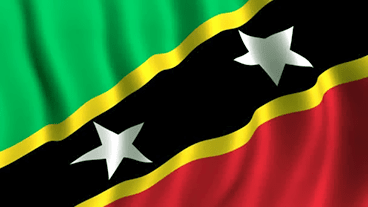Basseterre, St. Kitts – Nevis
April 03, 2008 (SKNIS)
Stakeholders in St. Kitts – Nevis are excited by the strategy of the National AIDS Secretariat to promote usage of the FC2 female condom.
Earlier this week, a workshop at the Ocean Terrace Inn (OTI) provided participants with information about the female condom and how it will help to reduce the incidence of sexually transmitted infections and unwanted pregnancies.
SKNIS spoke to some of the participants to get their thoughts on the workshop and the female condom. Vercelette Wilson explained that she enjoyed the session. “It was very informative and now we know that women have a choice,” she stated, adding that the increased sturdiness of the condom is a source of comfort as it is not easily broken.
